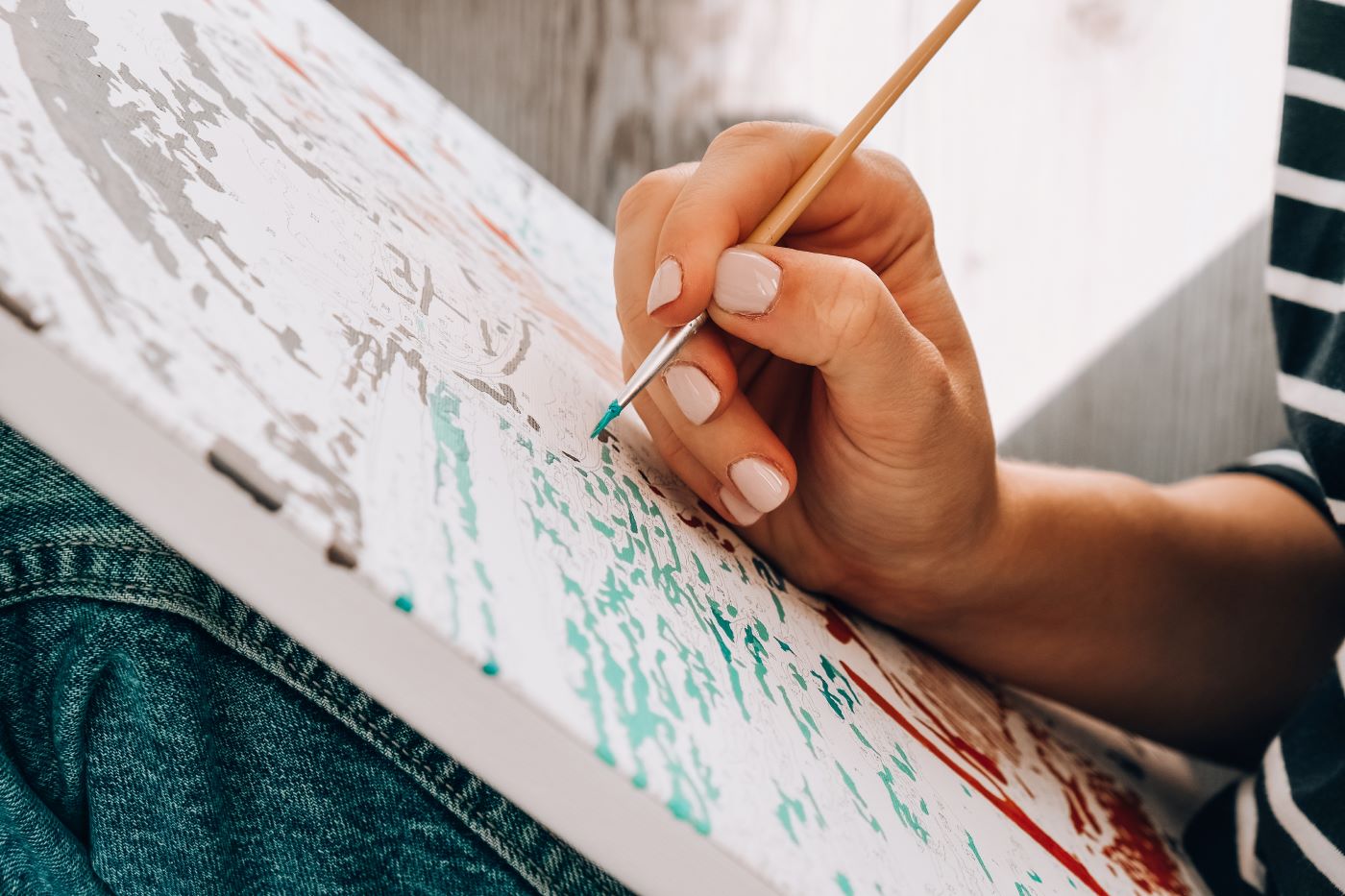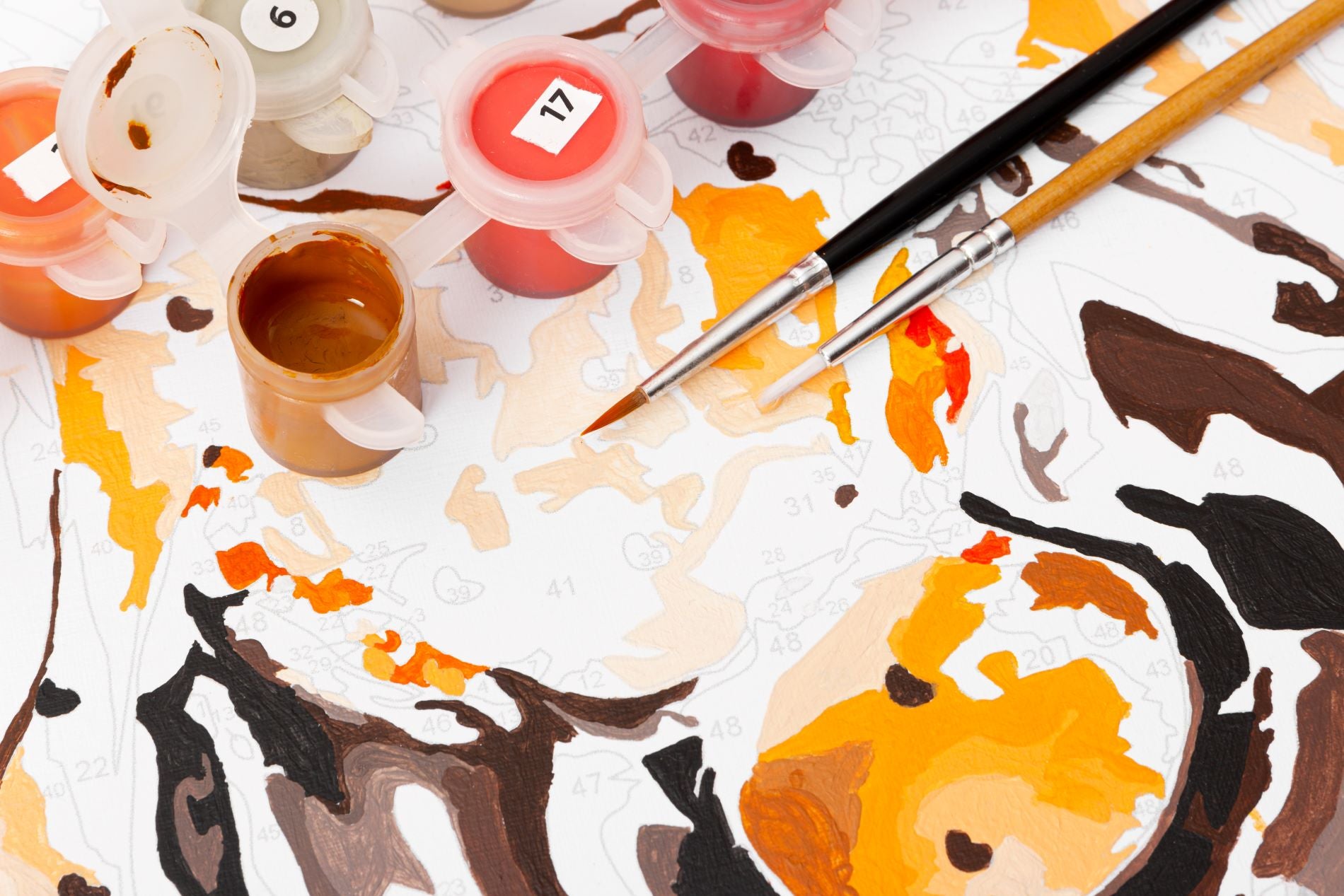Paint By Numbers
Paint By Numbers Tips


A paint by numbers if you start it wrong can be ruined. If you make a number of mistakes, it will be difficult to catch up. But you don't want to miss your future masterpiece unnecessarily
Don't panic, we are passionate about this subject and know exactly how to help you. Let's find out how to make your paint-by-numbers project a success every time.
